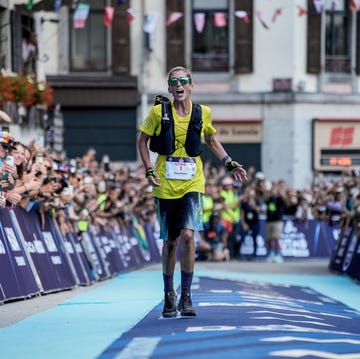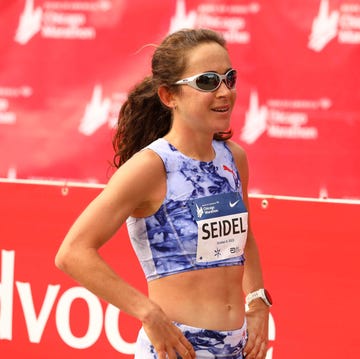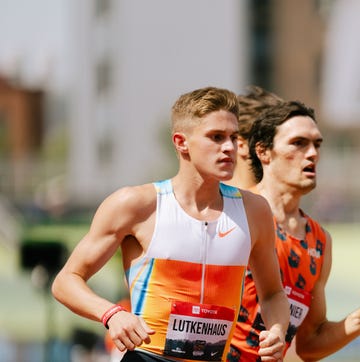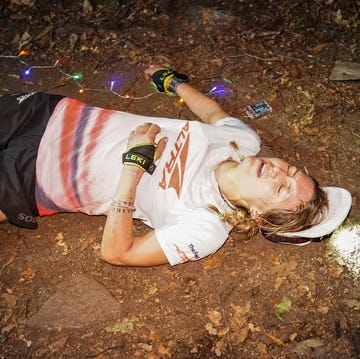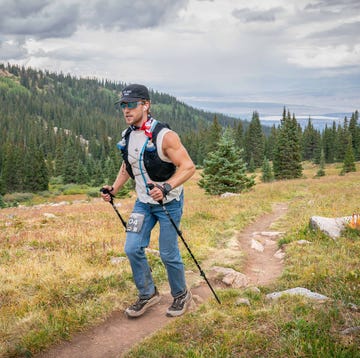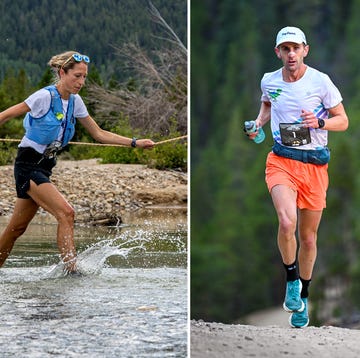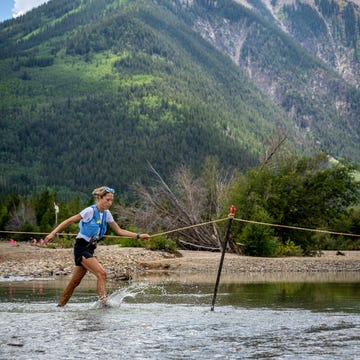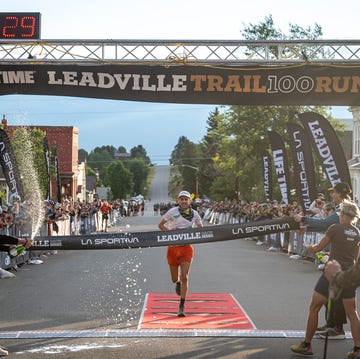Nina Kuscsik, winner of the first official women’s race at the Boston Marathon, twice winner at New York, and an important early advocate for women’s running, died on June 8 at Huntington Station, Long Island, New York.
Her family said she died peacefully after a long battle with Alzheimer’s disease, and respiratory failure.
Kuscsik was a pioneer, running Boston in 1969, before women could officially enter, and then winning the historic first women’s title in 1972. A lifelong New Yorker, in 1970 she was the first woman to enter that city’s marathon, and won it in 1972 and 1973. She was also an effective activist, taking on arduous committee work, and was personally responsible for gaining the first official approval for American women to run farther than 5 miles, and “in special cases” run marathons.
Born January 2, 1939, in Brooklyn, Nina Louise Kuscsik grew up in a family of limited means, in an era when even reaching a running track was difficult, and running shoes were unaffordable. She played street games. In her early teens, she joined friends at roller skating, by hitchhiking to and from the venue. She had ability and application, and at age 18 was good enough to cross the country (by shared car) for the national roller skating championships in San Francisco. She discovered another talent when she was given a track-racing bicycle, and eventually won New York state titles in speed skating, roller skating, and track cycling.
She also did well academically, graduating from high school at 16, and going on to a two-year nursing course at Brooklyn College. Her first experience of agitating against outmoded regulations came when she led a successful campaign for graduate nurses to be considered eligible for hospital posts at 18 instead of waiting to turn 20. She worked at New York Hospital, biking the 10 miles from Brooklyn.
She did some running as summer training for skating, but she was in her late 20s, married with three children, before she took inspiration from Bill Bowerman’s book Jogging. In 1968, aged 29, she read about Elaine Pedersen running the Boston Marathon at age 31, thought, “I could do that,” and did, running 3:46 for an unofficial third place in 1969, behind Sara Mae Berman and Pedersen. The next year she improved to 3:12:16, second to Berman. These early women’s Boston results have been retrospectively declared official. She was accepted without problem in the inaugural New York City Marathon in 1970, and was the only woman to start, but was ill with a virus and didn’t finish. In the 1971 New York, she was one of the first women in the world to break three hours, running 2:56:04 and finishing second to Beth Bonner.
Now she became a committed runner, as well as making friends in the New York running community who supported and advised her in the campaign to win official recognition for women in running. Uncomfortable with media exposure or publicity, she preferred to work through official channels. In 1971, she attended the Amateur Athletic Union (AAU) convention, and put forward motions that raised the permitted top distance for women’s races to 10 miles, as well as gaining conditional approval (extraordinary though it sounds now) for “certain women” to enter marathons.
Kuscsik’s miracle year was 1972. In April, she won the first official women’s race at Boston, in 3:10:26, against a strong field of eight from all over the U.S., who had all met the men’s qualifying standard of 3:30. In June, the first “Crazylegs Mini 6 Miles” was held in Central Park, the world’s first open road race for women, created by Kuscsik, Kathrine Switzer, and Fred Lebow. In October, she won the New York City Marathon, after joining five other women in a prolonged sit-down at the start-line, protesting the requirement that women start 10 minutes ahead of the men’s field. That was New York’s attempt to implement the AAU regulation that women, however “special,” shouldn’t actually compete with men. Kuscsik and others filed a lawsuit against that as discriminatory, and the other 1972 highlight for her was the AAU convention, where such obsolete concerns about women’s health, safety, and morality were finally shelved.
“Nina was not only a champion runner, she did the tough work of changing the rules and regulations and submitting medical evidence that proved women’s capability,” Switzer said.
Thanks to Kuscsik’s patient lobbying and debating, as well as the support of most male runners, who were never the problem, women in America became free to run as they chose. Kuscsik was still picked up from time to time by the police for training alone, but a profound cultural transition had begun. She herself ran seven marathons that year. She ran more than 80 in all, with her best winning streak seven wins at the Yonkers Marathon.
In 1973 and 1974, she placed second and third at Boston. She also began service that would last more than 40 years on the women’s long distance committee of the AAU (later The Athletics Congress and USATF), which she chaired from 1980 to 1985. In that role, she was a key influence in forwarding the motion to the IAAF (now World Athletics) to propose adding the women’s marathon to the Olympic Games, which occurred in 1984.
By now she was also a divorced solo mother, nursing full-time, and in full marathon training. When the first all-women’s marathons began, she went to Dr. Ernst van Aaken’s visionary race at Waldniel, Germany, in 1974, and to the Women’s National Marathon in Minnesota in 1977, where she ran her PR 2:50:22, finishing third. Kusckik also ran newly-created races, winning the Empire State Building Run-Up three times, in 1979-81.
Competition was getting stronger. Kuscsik ran 2:57:22 at Boston in 1978, only seven years after the first sub-three, but placed only 19th. Her enthusiasm didn’t fade. She always said that she most valued running for the sense of mental freedom and physical rhythm that it gave her. In 1977, she tried a 50-miler, and set an American record of 6:35:53. That weekend she was also busy delivering a paper at a New York Academy of Sciences symposium on marathon running. Though never a public person, Kuscsik often contributed to coaching programs, did radio spots, and wrote for Runner’s World.
She continued to ride her bike, walk, and go to gym classes. Her career as a senior registered nurse was at Mount Sinai Hospital, which she enjoyed for its proximity to Central Park. She lived her last years at South Huntington, on Long Island.
Kuscsik was inducted into the Road Runners’ Club of America, National Distance Running, and New York Road Runners Halls of Fame, but as a reluctant public speaker, she used to say that it’s easier to run a marathon than receive an award.
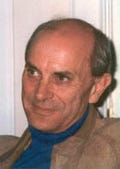
Roger Robinson is a highly-regarded writer and historian and author of seven books on running. His recent CA Notice at Collection A Part of Hearst Digital Media Running Times David Roche Smashes Leadville Course Record Runner’s World contributor, admired for his insightful obituaries. A lifetime elite runner, he represented England and New Zealand at the world level, set age-group marathon records in Boston and New York, and now runs top 80-plus times on two knee replacements. He is Emeritus Professor of English at Victoria University of Wellington, New Zealand, and is married to women’s running pioneer Kathrine Switzer.




